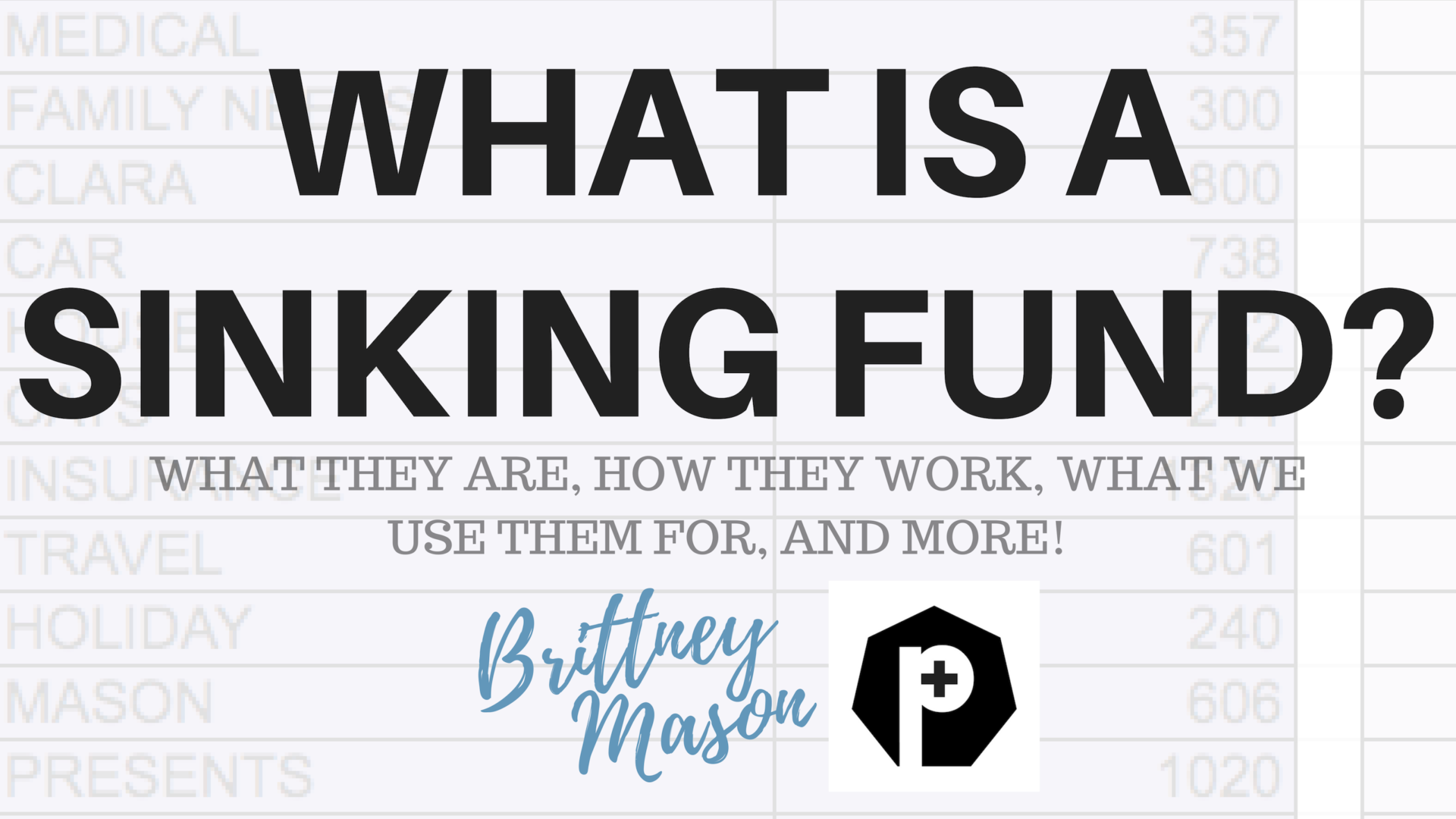Why Sinking Funds are Important
Having sinking funds set aside for big expenses is crucial for maintaining financial stability and preparedness. Sinking funds are a way to save money over time specifically for anticipated large expenses, ensuring that you are not caught off guard when these financial obligations arise.
Examples of Big Expenses
- Home Repairs: Sinking funds can help cover unexpected repairs or maintenance costs for your house, such as a new roof or HVAC system.
- Car Maintenance: Setting aside money for future car repairs, upgrades, or even a new vehicle can alleviate the financial burden when the time comes.
- Medical Expenses: Sinking funds can be used to cover deductibles, copays, or unexpected medical emergencies that may arise.
- Education Costs: Saving for your children’s college tuition or your own professional development can be made easier with sinking funds.
Benefits of Sinking Funds
- Financial Stability: By having sinking funds in place, you can avoid going into debt or tapping into your emergency savings when faced with significant expenses.
- Peace of Mind: Knowing that you have funds specifically allocated for big expenses can reduce stress and anxiety related to financial uncertainty.
- Long-Term Planning: Sinking funds encourage disciplined saving habits and help you prioritize your financial goals, whether it’s a vacation, home renovation, or retirement.
Setting Up Sinking Funds

Setting up sinking funds is crucial for managing big expenses effectively and avoiding financial strain. By allocating funds regularly towards specific goals, you can ensure that you have the necessary funds when the time comes to make those significant payments.
Determining the Amount to Allocate
- Calculate the total cost of the big expense you are saving for, whether it’s a vacation, home renovation, or a new car.
- Divide the total cost by the number of months or weeks you have until the expense is due. This will give you the monthly or weekly amount you need to save.
- Consider your budget and financial situation to determine a realistic amount to allocate to your sinking fund without straining your finances.
Types of Accounts or Tools for Managing Sinking Funds
- High-interest savings accounts: These accounts can help your money grow while you save for your big expenses.
- Specialized sinking fund accounts: Some banks offer accounts specifically designed for setting up sinking funds, making it easier to track your progress.
- Automated transfers: Set up automatic transfers from your checking account to your sinking fund account to ensure consistent savings without having to think about it.
- Financial apps: Utilize budgeting apps that allow you to create sinking fund categories and track your progress towards your savings goals.
Managing Sinking Funds

Once you have set up sinking funds for your big expenses, it is important to effectively manage them to ensure you are on track to meet your financial goals.
Tracking and Monitoring
It is essential to regularly track and monitor your sinking funds to ensure you are contributing enough to reach your target amount by the time the expense arises. Set up a spreadsheet or use a budgeting app to keep a record of your sinking fund contributions and progress.
Staying Disciplined
To stay disciplined in contributing to your sinking funds regularly, automate your contributions if possible. Treat these contributions as non-negotiable expenses to prioritize saving for future expenses. Avoid the temptation to dip into your sinking funds for other purposes.
Adjusting Allocations
As your financial needs and circumstances change, you may need to adjust your sinking fund allocations. If you encounter unexpected expenses or your income fluctuates, reassess your sinking fund contributions to ensure you are still on track to meet your financial goals.
Examples of Big Expenses for Sinking Funds

Having sinking funds in place can help cover a variety of common big expenses that may arise unexpectedly. By setting aside money regularly, you can be prepared for significant costs without disrupting your budget.
1. Home Repairs
Home repairs are often unavoidable and can come with hefty price tags. Whether it’s a leaky roof, a broken appliance, or plumbing issues, having a sinking fund specifically for home repairs can provide financial security when these situations arise.
2. Medical Emergencies
Medical emergencies can occur suddenly and bring about substantial medical bills. By setting up a sinking fund for medical expenses, you can alleviate the financial burden associated with unexpected healthcare costs.
3. Car Maintenance
Owning a vehicle comes with regular maintenance and occasional repairs. By having a sinking fund for car-related expenses, such as repairs, maintenance, or unexpected breakdowns, you can ensure that you are financially prepared for these situations.
4. Education Expenses
Whether you or your children are pursuing further education, setting up a sinking fund for education expenses can help cover costs such as tuition, books, supplies, or other educational needs without causing financial strain.
5. Vacation Fund
Planning a vacation can be costly, especially if you have a specific destination in mind. By creating a sinking fund for vacations, you can save up gradually and enjoy your trip without worrying about accumulating debt or overspending.